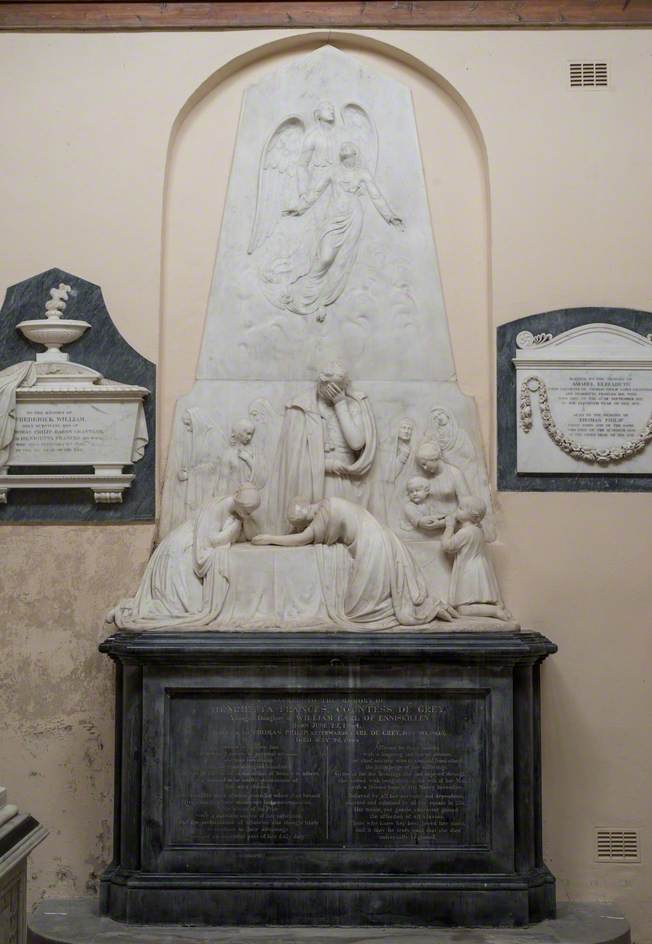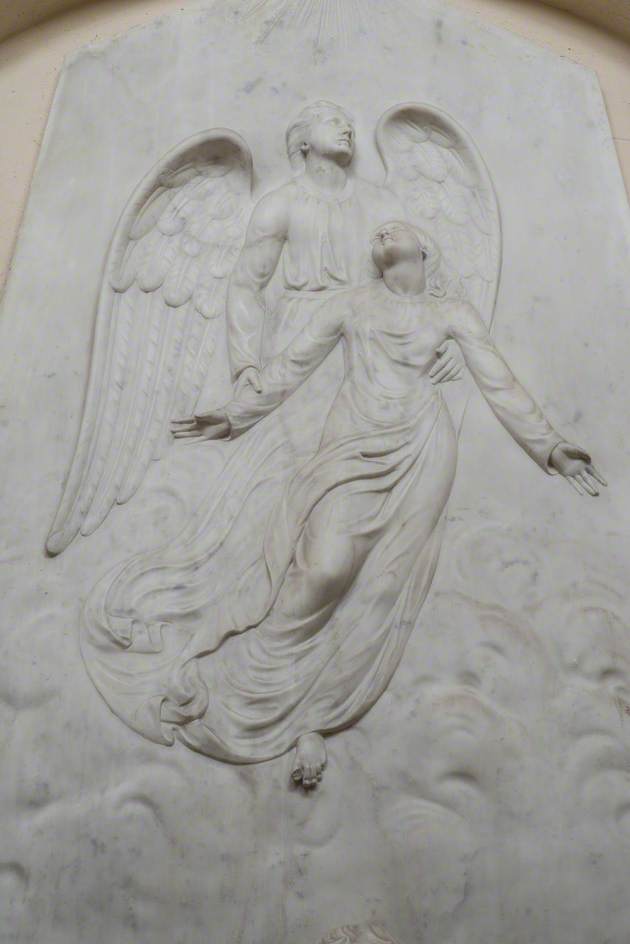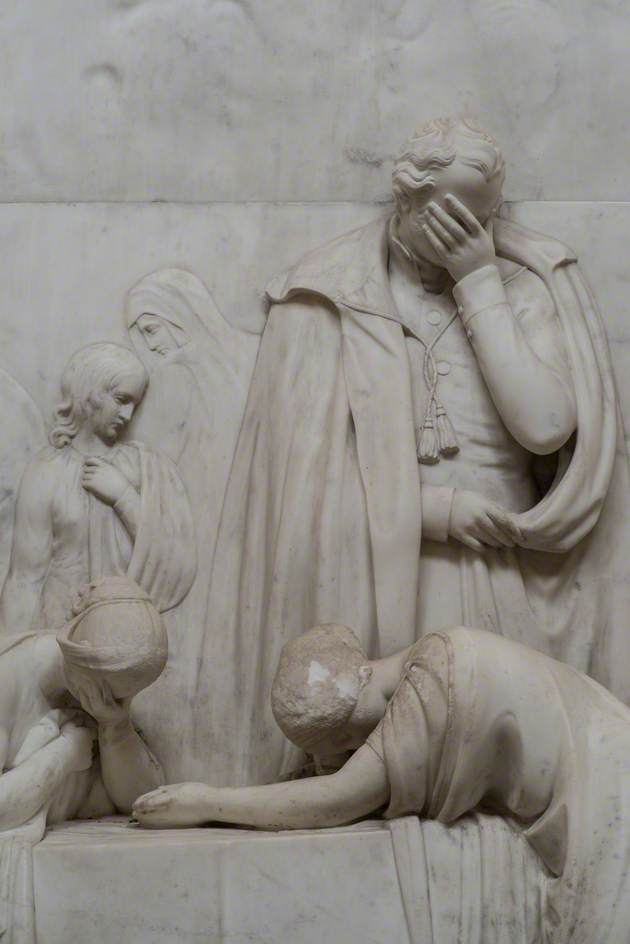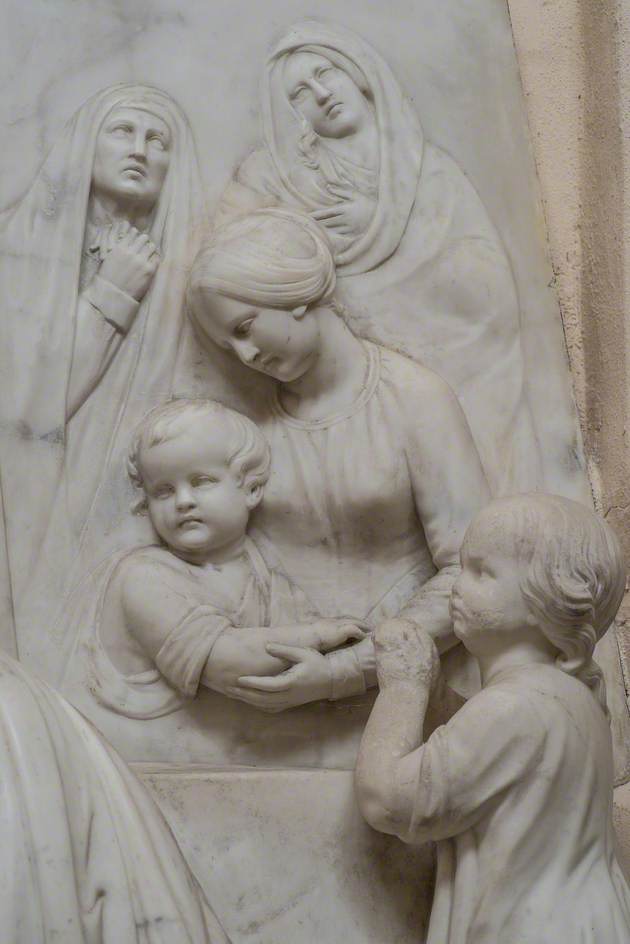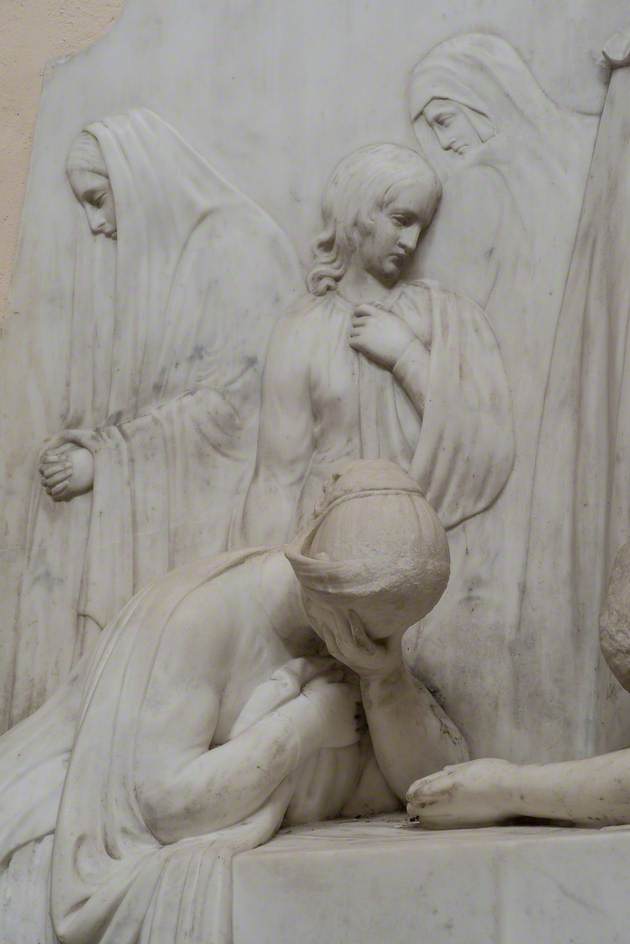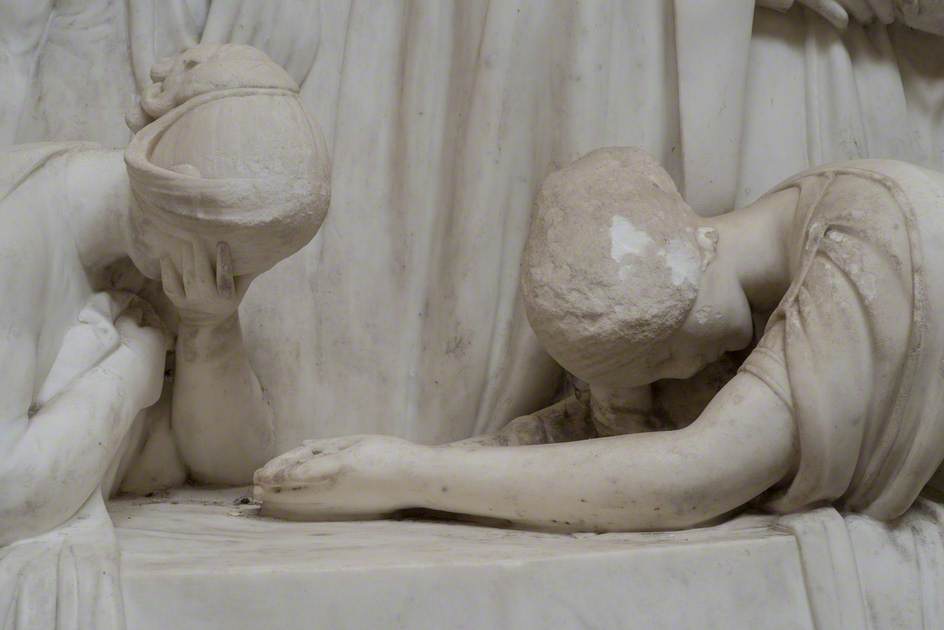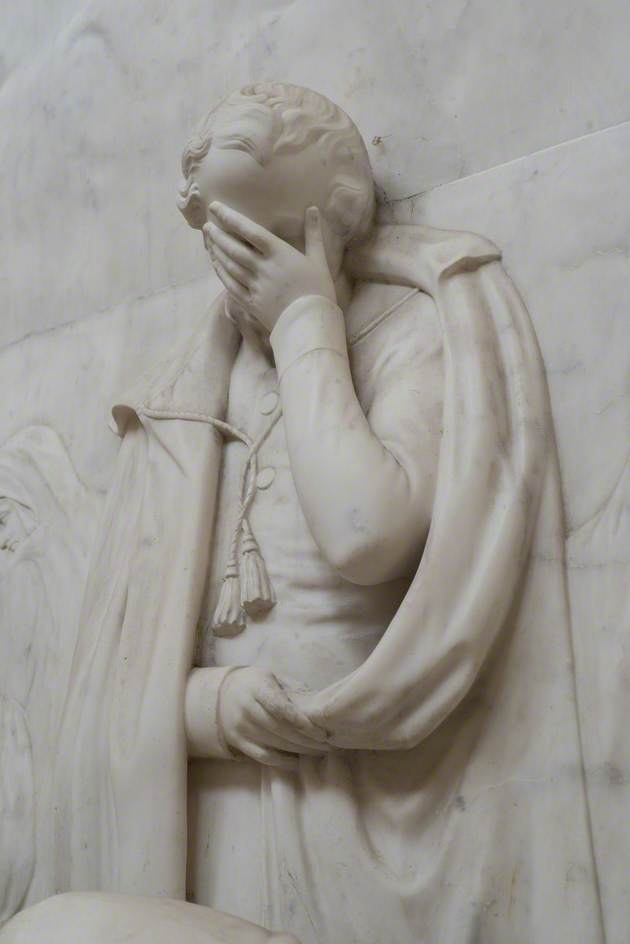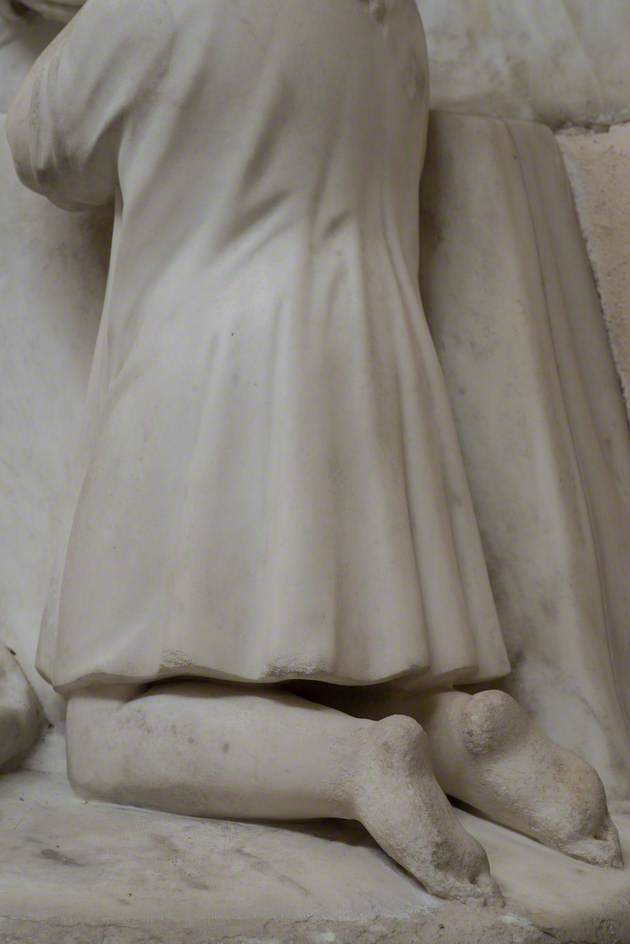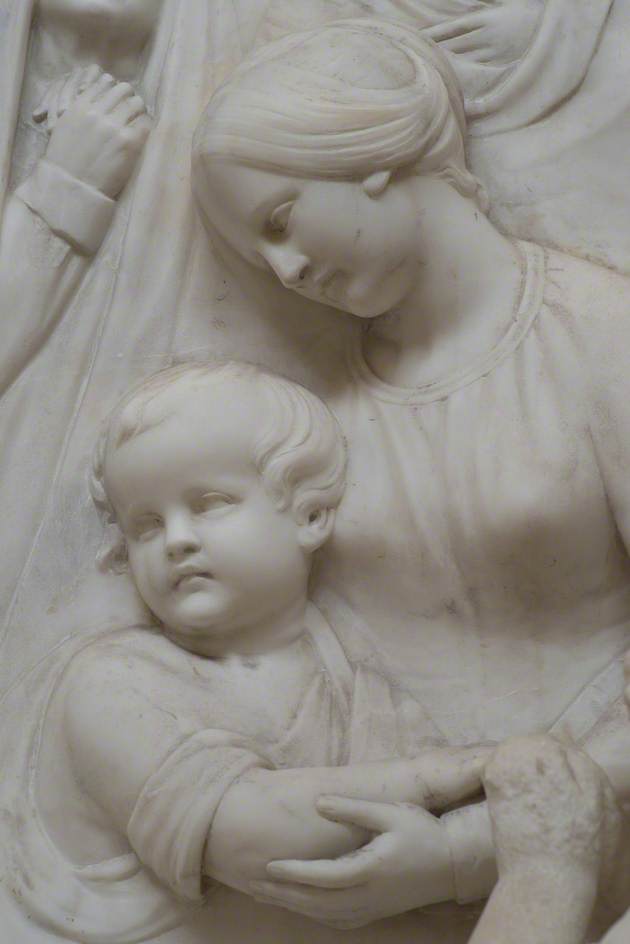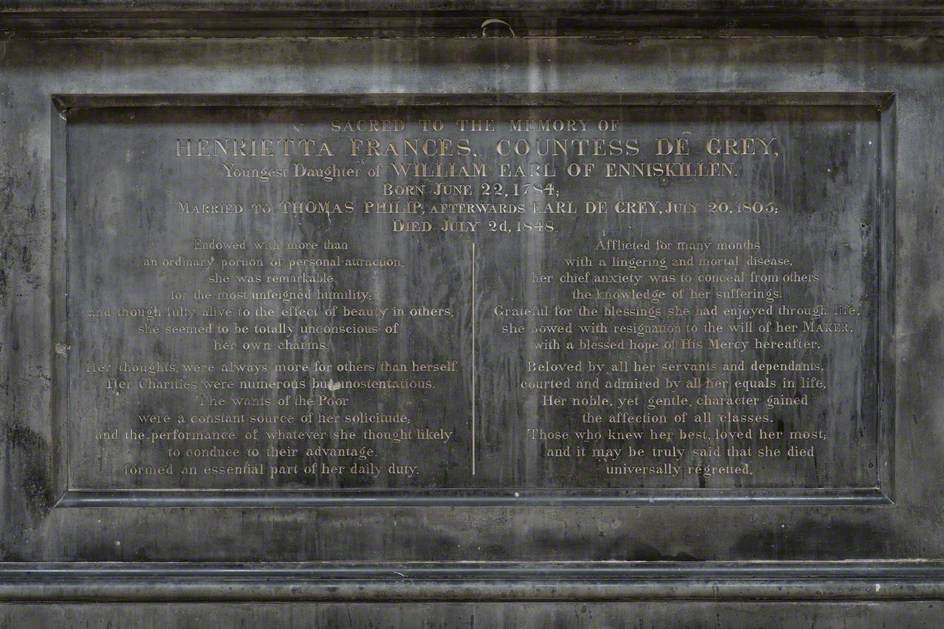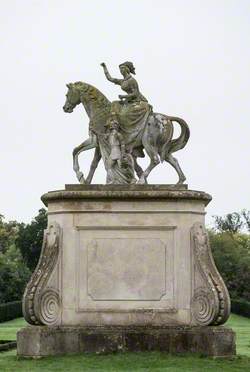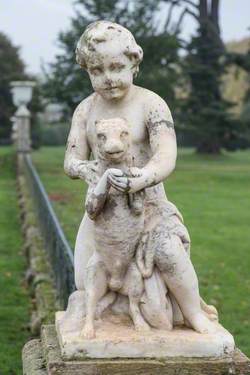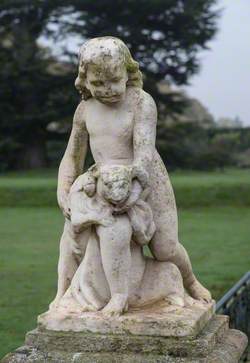How you can use this image
This image can be used for non-commercial research or private study purposes, and other UK exceptions to copyright permitted to users based in the United Kingdom under the Copyright, Designs and Patents Act 1988, as amended and revised. Any other type of use will need to be cleared with the rights holder(s).
Review the copyright credit lines that are located underneath the image, as these indicate who manages the copyright (©) within the artwork, and the photographic rights within the image.
The collection that owns the artwork may have more information on their own website about permitted uses and image licensing options.
Review our guidance pages which explain how you can reuse images, how to credit an image and how to find images in the public domain or with a Creative Commons licence available.
Notes
Add or edit a note on this artwork that only you can see. You can find notes again by going to the ‘Notes’ section of your account.
English Heritage, De Grey Mausoleum
Flitton, Nr Ampthill
Title
Henrietta Frances de Grey (1784–1848), née Cole, Countess de Grey
Date
1848 (?)
Medium
marble
Measurements
H 400 x W 285 x D 85 cm
Accession number
UNAC.DGM.6
Work type
Tomb or mausoleum
Inscription description
inscribed: SACRED TO THE MEMORY OF HENRIETTA FRANCES, COUNTESS DE GREY, Youngest Daughter of WILLIAM EARL OF ENNISKILLEN. Born June 22 1784, MARRIED TO THOMAS PHILIP, AFTERWARDS EARL DE GREY, JULY 20 1805, DIED JULY 2d, 1848. Endowed with more than an ordinary portion of personal attraction, she was remarkable for the most unfeigned humility and thoughtfully alive to the effect of beauty in others she seemed to be totally unconscious of her own charms. Her thoughts were always more for others than herself. Her charities were numerous but unostentatious. The wants of the Poor were a constant source of her solicitude, and the performance of whatever she thought likely to conduce to their advantage formed an essential pert of her daily duty. Afflicted for many months with a lingering and mortal disease her chief anxiety was to conceal from others the knowledge of her sufferings. Grateful for the blessings she had enjoyed through life she showed with resignation to the will of her MAKER with a blessed hope of His Mercy hereafter. Beloved by all her servants and dependents, courted and admired by all her equals in life, her noble yet gentle character gained the affection of all classes. Those who knew her best loved her most and it may be truly said that she died universally regretted.
